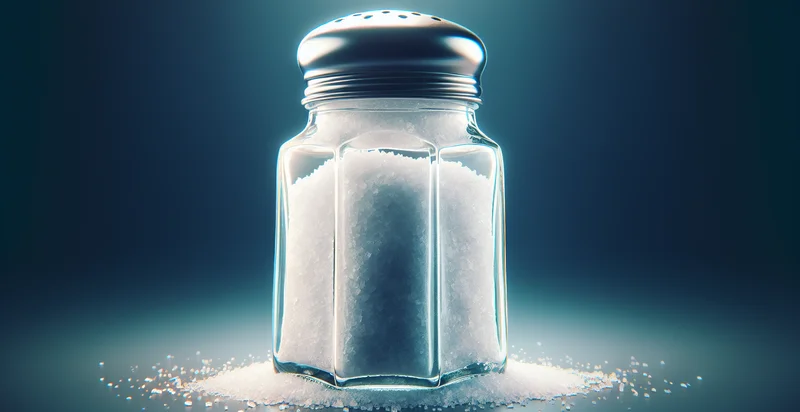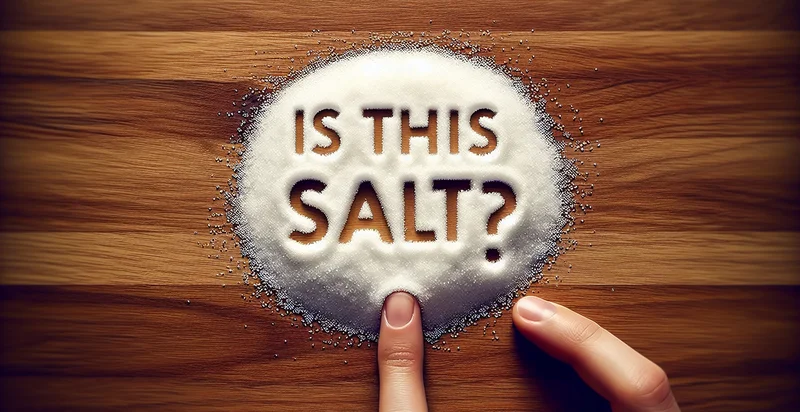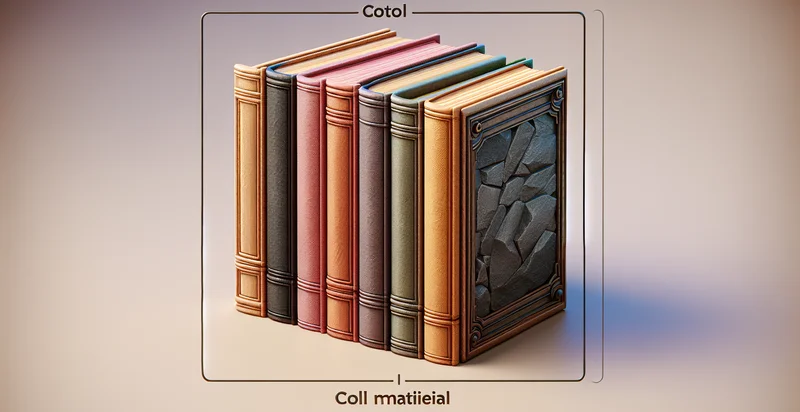Identify what material a salt shaker is made from
using AI
Below is a free classifier to identify what material a salt shaker is made from. Just upload your image, and our AI will predict what material a salt shaker is made from - in just seconds.

Contact us for API access
Or, use Nyckel to build highly-accurate custom classifiers in just minutes. No PhD required.
Get started
import nyckel
credentials = nyckel.Credentials("YOUR_CLIENT_ID", "YOUR_CLIENT_SECRET")
nyckel.invoke("what-material-a-salt-shaker-is-made-from", "your_image_url", credentials)
fetch('https://www.nyckel.com/v1/functions/what-material-a-salt-shaker-is-made-from/invoke', {
method: 'POST',
headers: {
'Authorization': 'Bearer ' + 'YOUR_BEARER_TOKEN',
'Content-Type': 'application/json',
},
body: JSON.stringify(
{"data": "your_image_url"}
)
})
.then(response => response.json())
.then(data => console.log(data));
curl -X POST \
-H "Content-Type: application/json" \
-H "Authorization: Bearer YOUR_BEARER_TOKEN" \
-d '{"data": "your_image_url"}' \
https://www.nyckel.com/v1/functions/what-material-a-salt-shaker-is-made-from/invoke
How this classifier works
To start, upload your image. Our AI tool will then predict what material a salt shaker is made from.
This pretrained image model uses a Nyckel-created dataset and has 15 labels, including Aluminum, Bamboo, Brass, Ceramic, Copper, Crystal, Glass, Metal, Plastic and Porcelain.
We'll also show a confidence score (the higher the number, the more confident the AI model is around what material a salt shaker is made from).
Whether you're just curious or building what material a salt shaker is made from detection into your application, we hope our classifier proves helpful.
Related Classifiers
Need to identify what material a salt shaker is made from at scale?
Get API or Zapier access to this classifier for free. It's perfect for:
- Retail Inventory Management: Retailers can use the salt shaker material identifier to streamline inventory processes. By automatically classifying shakers based on their material composition, stores can optimize stock levels and ensure the right products are available for specific customer preferences.
- Product Quality Assurance: Manufacturers can implement this function in their quality control processes to verify the material of salt shakers. This helps in ensuring that only products meeting safety and quality standards are shipped to consumers, thereby enhancing brand reputation.
- Customer Feedback and Sentiment Analysis: E-commerce platforms can utilize this classification to analyze customer reviews related to salt shakers. By determining the material specifics, they can correlate customer sentiments about quality, durability, and aesthetics to the materials used.
- Sustainability Tracking: Businesses focused on sustainability can use this identifier to track the materials used in salt shakers. This information can inform customers about eco-friendly options, allowing brands to highlight their commitment to sustainable practices.
- Product Recommendations: Online kitchenware platforms can enhance their recommendation algorithms by integrating salt shaker material classification. By understanding customer preferences for materials, they can suggest complementary products or replacements based on style and functionality.
- Insurance Evaluation: Insurance companies can use this material identifier for evaluating claims related to kitchenware. Accurate classification of materials can be crucial in assessing damage or liability related to product failures or accidents.
- Market Research Insights: Market research firms can leverage the classification function to gather insights on trending materials in kitchenware. By analyzing the prevalence of different materials in salt shakers, they can provide valuable data to manufacturers about consumer preferences and emerging market trends.


